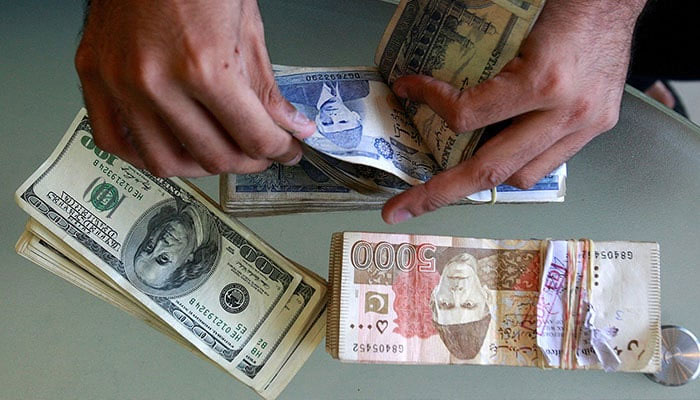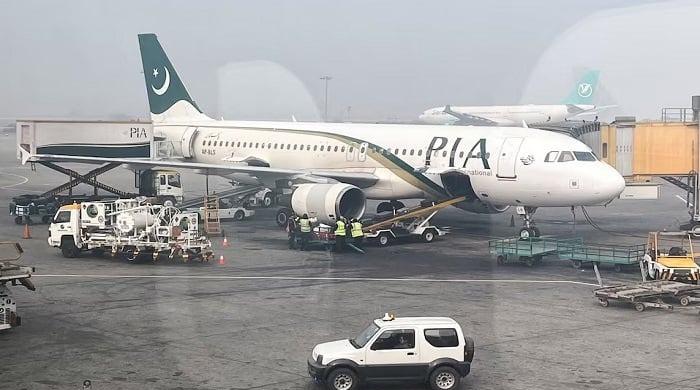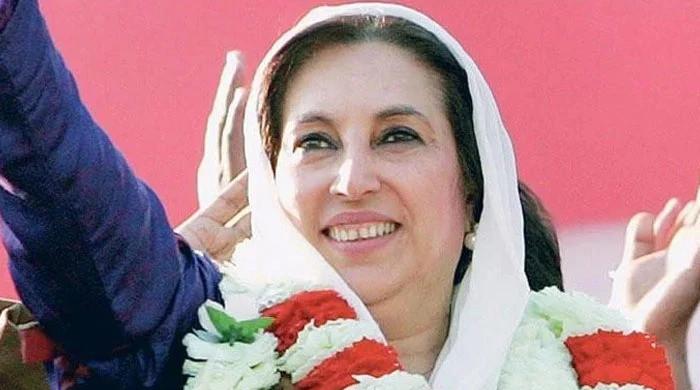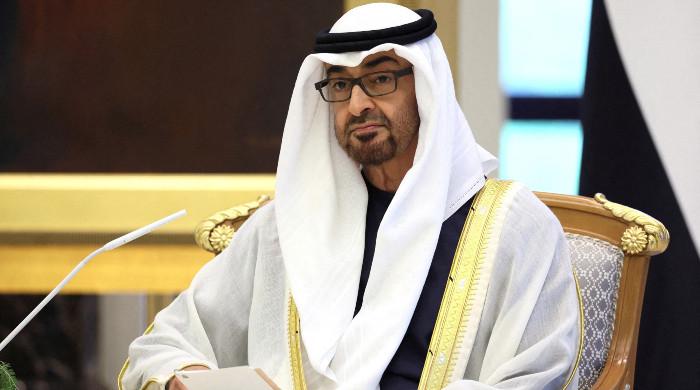Capital suggestion: East or West?
Pakistan's external debt is primarily composed of four components — multilateral, bilateral, bonds and commercial debt from banks
July 28, 2024

Fact 1: As of July 12, the State Bank of Pakistan's (SBP) net liquid foreign exchange reserves stood at $9.4 billion. Fact 2: Over the next five years, our gross financing requirement stands at $123 billion. Fact 3: This substantial disparity underscores a significant external financing challenge.
Pakistan's external debt is primarily composed of four components: multilateral, bilateral, bonds and commercial debt from banks. Approximately 40% or $55 billion of the total external debt is owed to multilateral institutions such as the Asian Development Bank (ADB), the World Bank, and the Islamic Development Bank (IDB), as well as the International Monetary Fund (IMF) with a debt of $7.6 billion.
Given the nature of these institutions and Pakistan's ongoing engagements with them, a significant portion of this debt is likely to be rolled over, contingent upon continued policy compliance (read: keeping the West happy).
The other 40% of the external debt is bilateral, primarily owed to China, Saudi Arabia, the UAE, and Qatar. Similar to the multilateral debt, aligning our foreign policy with the interests of these creditor nations is crucial for securing debt rollovers.
Additionally, Pakistan has outstanding international bonds and Eurobonds totaling $8 billion, coupled with $8 billion in commercial bank debt. These debt instruments introduce an element of market risk, as repayment and refinancing depend on investor confidence and prevailing market conditions.
In summary, Pakistan faces a persistent external financing gap, with projected funding needs consistently outpacing dollar inflows for the foreseeable future. While approximately 90% of external payments are expected to be managed through rollovers, a funding shortfall of at least $15 billion must be addressed to maintain external debt sustainability.
China's $1 trillion Belt and Road Initiative (BRI), of which the China-Pakistan Economic Corridor (CPEC) is one of the six economic corridors, is facing mounting financial challenges. With an estimated $750 billion of BRI investments experiencing severe distress, the initiative's momentum has waned. Pakistan, confronted with a substantial external financing gap, requires both debt rollovers and fresh capital injections. While Beijing may be inclined to extend debt maturities, relying on substantial new financing from China to bridge the ‘gap’ seems optimistic given the broader economic pressures China is facing.
To be certain, navigating Pakistan's intricate geopolitical chessboard necessitates a trifecta of strategic acumen, tactical foresight, and diplomatic dexterity. Yes, the allure of the East, symbolised by the BRI, has been captivating. The stark reality of the BRI’s financial distress, however, casts a long shadow. The West, with its deep pockets, leverages its substantial financial resources to project power through its financial systems.
Pakistan's pursuit of economic stability navigates deep and treacherous waters. Securing our financial lifelines is imperative. A fundamental question arises: Can Pakistan sustain its trajectory without strategically realigning its economic and geopolitical priorities?
The writer is a columnist based in Islamabad. He tweets/posts @saleemfarrukh and can be reached at: [email protected]
Disclaimer: The viewpoints expressed in this piece are the writer's own and don't necessarily reflect Geo.tv's editorial policy.
Originally published in The News









